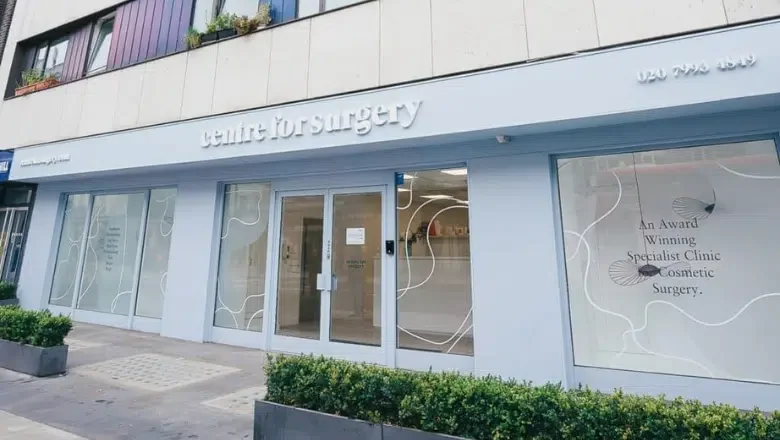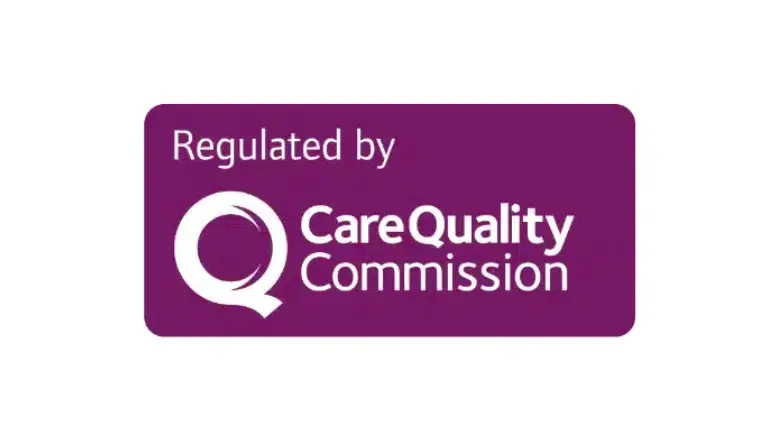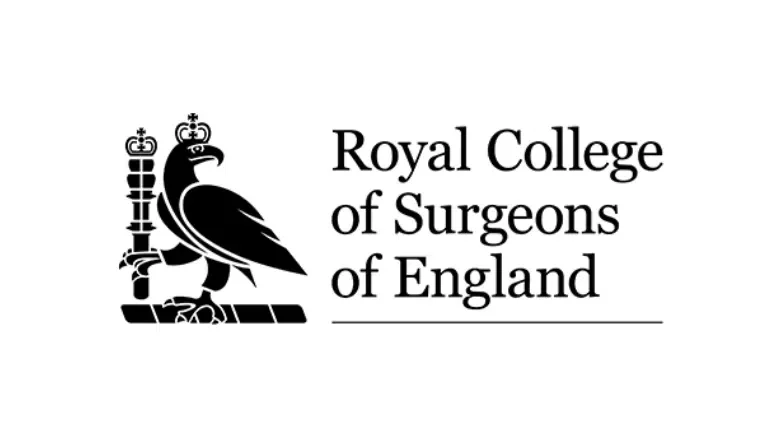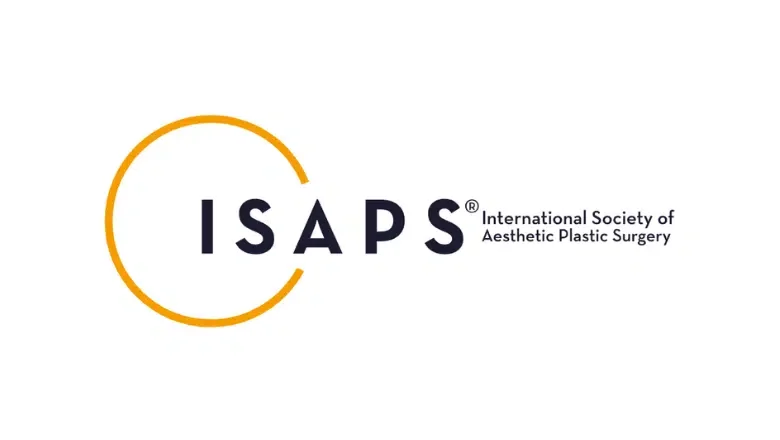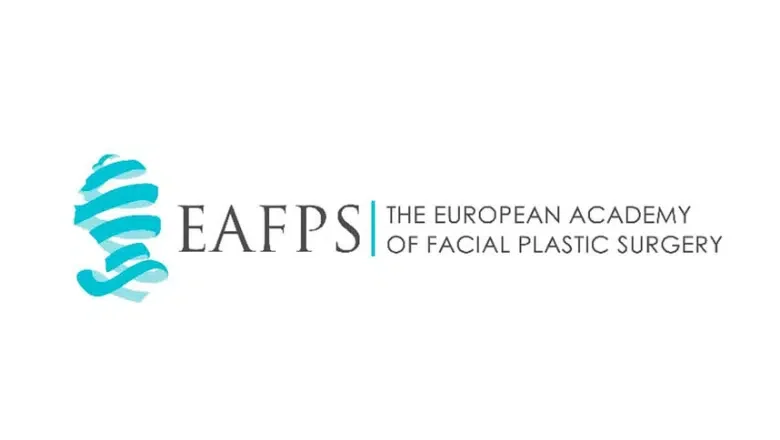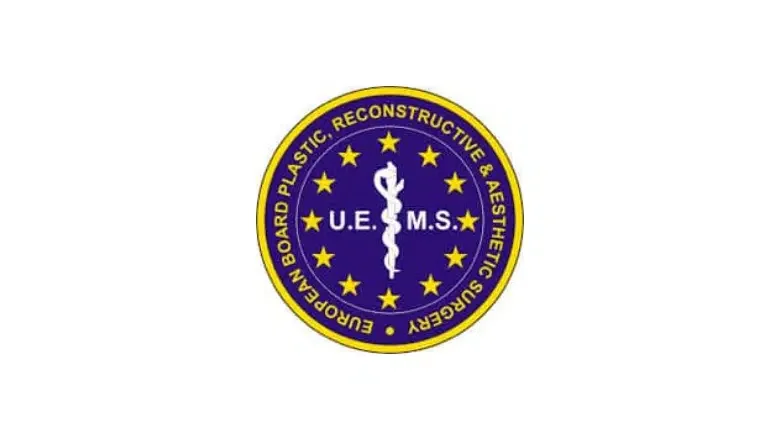FTM (Female to Male) Top surgery represents a momentous turning point in the lives of trans men and non-binary individuals. By alleviating the presence of breasts, which are traditionally associated with femininity, this transformative surgery is instrumental in facilitating individuals to lead lives filled with enhanced comfort and self-assuredness aligned with their affirmed gender identity.
RELATED: Which FTM/N Top Surgery Procedure Is Right For Me?
One significant aspect that often gets attention in the discourse surrounding FTM Top surgery is its potential impact on the risk of breast cancer. It is widely thought that undergoing top surgery may reduce the risk of breast cancer, attributable to the removal of breast tissue. A reduction in breast tissue ostensibly minimises the likelihood of the potential proliferation of cancerous cells. Nonetheless, it is imperative to recognise that FTM Top surgery, albeit substantially mitigating the risk of breast cancer, does not fully protect against it. The breast is a complex structure with various soft tissue components, and breast cancer can originate in different regions of the breast. Post FTM Top surgery, remnants of breast tissue invariably remain in the chest wall. Consequently, individuals who have undergone FTM Top surgery should remain vigilant in monitoring for any indications of breast cancer despite the removal of the majority of the breast tissue.
RELATED: Can Breasts Grow Back After FTM Top Surgery?
Selecting an adept and proficient surgical facility is paramount for those embarking on this monumental journey. Centre for Surgery, situated in the UK, emerges as a leading plastic surgery clinic in FTM Top Surgery. What sets Centre for Surgery apart is its state-of-the-art clinical infrastructure and our experienced team of specialist plastic surgeons, who bring a wealth of expertise and experience.
The focus is not merely on surgical excellence but also on patient-centric care. From the initial consultation through the surgical procedure and during the recovery phase, patients are cared for in an atmosphere of support, guidance, and meticulous attention to their unique needs and aspirations. Our surgeons are well-versed in an array of surgical techniques and work in close collaboration with patients to formulate a bespoke surgical plan tailored to align with their gender affirmation goals.
Additionally, we are committed to promoting awareness and education regarding post-operative health vigilance, including the importance of breast cancer screening and surveillance for individuals who have undergone FTM Top Surgery. This holistic care ethos and surgical prowess make us a true leader in FTM Top Surgery.
The importance of regular breast self-examination
The significance of regular breast self-examination following FTM (Female to Male) mastectomy cannot be overstated. FTM mastectomy, often referred to as Top surgery, is a gender-affirming procedure that removes breast tissue to create a more masculine appearance of the chest. While the procedure does entail the removal of a substantial amount of breast tissue, it is crucial to acknowledge that, invariably, some breast tissue may remain post-surgery. This remnant breast tissue, albeit minimal, still has the potential to undergo pathological changes, including the development of breast cancer. Thus, the importance of regular breast self-examination emerges as a critical aspect of post-operative care.
Early Detection of Breast Cancer
Regular self-examinations facilitate early detection of any abnormalities or changes in the chest area. Early detection is paramount in the effective management of breast cancer, as it often leads to more treatment options and better prognoses.
Familiarity with One’s Body
By routinely conducting breast self-examinations, individuals become more attuned to the normal state of their chest area. This familiarity is invaluable, as it enables individuals to promptly recognise any changes or anomalies, which might warrant medical attention.
Empowerment and Ownership of Health
Engaging in regular self-examinations instils a sense of empowerment and ownership over one’s health. It encourages proactive engagement in health maintenance and fosters an attitude of vigilance and responsibility.
Monitoring Surgical Sites
Beyond the detection of breast cancer, self-examinations also allow for monitoring of the surgical sites for any signs of complications such as infections, abnormal scarring, or changes in sensation. This is particularly important in the initial months following surgery.
Psychological Assurance
Regular monitoring can also provide psychological reassurance. Knowing that they are taking active steps to monitor their health can reduce anxiety and stress for individuals post-mastectomy.
Comprehensive Health Strategy
Self-examination should be part of a comprehensive health strategy that may also include regular check-ups with healthcare providers and, where indicated, imaging studies like mammograms or ultrasounds, especially if there is a family history of breast cancer or other risk factors.
Participation in breast cancer screening programmes
Regular breast cancer screenings are an essential component of maintaining health and wellness, especially for individuals who have undergone FTM (Female to Male) chest reconstruction. Although the probability of developing breast cancer is notably reduced following FTM chest reconstruction, it is essential not to become complacent, as there is still a residual risk. It is commonly advised that individuals aged 50 and above partake in annual breast cancer screenings to facilitate early detection and timely intervention.
However, FTM chest reconstruction poses particular challenges in the realm of breast cancer screening. Traditional mammography, which is the standard modality employed for breast cancer screening, may not be viable or effective for individuals who have undergone FTM top surgery. This is chiefly because the removal of a significant amount of breast tissue during FTM chest reconstruction might render mammography ineffective. Additionally, the presence of scar tissue following surgery can further compound the difficulty in utilising mammography, as it may obscure the visualisation of underlying tissue and render the detection of cancerous cells more arduous.
Nevertheless, it is imperative not to regard these challenges as insurmountable barriers, but rather to explore alternative avenues for breast cancer screening. One such alternative is Magnetic Resonance Imaging (MRI). MRI imaging offers an in-depth and detailed visualisation of breast tissue and is not reliant on the presence of a substantial amount of breast tissue for efficacy. Consequently, it may be particularly well-suited for individuals post-FTM chest reconstruction.
It is essential to bear in mind that MRI imaging is generally more expensive and may not be necessary for everyone. Therefore, a risk-stratified approach is advisable. If an individual, in consultation with their healthcare provider, concludes that they have an elevated risk of breast cancer—potentially due to family history, genetic predisposition, or other factors—then the use of MRI imaging as a screening modality may be justified.
Family History of Breast Cancer
Family history is a recognised factor in assessing the risk of breast cancer. When members of one’s family, especially close relatives, have been diagnosed with breast cancer, it raises the possibility of inherited gene mutations that may heighten the risk of developing the disease. Notably, BRCA1 and BRCA2 gene mutations are associated with a substantially increased risk of breast and ovarian cancers.
Individuals harbouring BRCA1 or BRCA2 mutations are categorised as high risk. For these individuals, adopting a more proactive and vigilant stance towards breast cancer screening is of paramount importance. Typically, the commencement of breast cancer screenings is recommended from the age of 50. However, for high-risk individuals, it is generally advised to initiate annual breast cancer screenings at a much younger age, often starting at 30.
The label of ‘high-risk’ does not solely encompass individuals with the BRCA mutations themselves, but also extends to those with close family members harbouring these mutations. For instance, if an individual has a parent, child, or sibling with an identified BRCA1 or BRCA2 mutation, they are also considered to be at an elevated risk. This stipulation also acknowledges the occurrence of breast cancer in male relatives. Having a first-degree male relative with breast cancer, especially with a known BRCA mutation, is an important consideration in risk assessment.
Tailored screening strategies and a comprehensive risk management plan should be developed in consultation with healthcare providers for individuals identified as high risk due to family history and potential genetic predispositions. This plan may include:
Earlier and more frequent screenings
Commencing at an earlier age and conducting screenings more frequently.
Utilising advanced screening modalities
Depending on the amount of breast tissue and other factors, MRI scans are employed in conjunction with mammograms, especially for individuals who have undergone top surgery.
Genetic counselling and testing
Discussing the potential genetic risk with a genetic counsellor and considering undergoing genetic testing for BRCA1 and BRCA2 mutations.
Risk-reduction strategies
Discussing options such as risk-reducing medications or surgeries to mitigate the likelihood of developing breast cancer.
Other risk factors for breast cancer
In addition to genetic predispositions and family history, various other factors can contribute to an increased risk of breast cancer. These risk factors encompass a wide range of physiological and lifestyle variables, and understanding them is crucial for an effective approach to breast cancer prevention and early detection.
Age
Age is a significant risk factor for breast cancer. The risk of developing breast cancer increases with age, with the majority of diagnoses occurring in individuals aged 50 and above. This can be attributed to the cumulative effects of various risk factors over time, along with age-related changes in the body’s cells.
Hormonal Factors
The length of exposure to hormones, particularly oestrogen and progesterone, plays a significant role in breast cancer risk. Women who started menstruating before the age of 12 or entered menopause after the age of 55 have a longer lifetime exposure to these hormones, which can increase the risk of breast cancer. This increased risk is likely due to the fact that these hormones stimulate cell growth, and longer exposure could potentially lead to more chances for cells to mutate and become cancerous.
Radiation Exposure
Exposure to radiation, especially at a young age, can elevate the risk of developing breast cancer. Individuals who have undergone radiation therapy to the chest before the age of 30 are particularly at risk. This is because radiation can cause changes and mutations in the cells of the breast tissue, which could potentially lead to cancer later in life.
Lifestyle Factors
Other lifestyle-related factors that might influence breast cancer risk include physical inactivity, obesity, alcohol consumption, and smoking. Maintaining a healthy weight, engaging in regular physical activity, limiting alcohol intake, and avoiding tobacco can contribute to reducing the overall risk of breast cancer.
Reproductive Factors
Certain reproductive factors are also associated with an elevated risk of breast cancer. These include never having given birth, having the first pregnancy after age 30, and using birth control pills or hormone replacement therapy.
How to reduce the risk of breast cancer after FTM Top Surgery
Reducing the risk of breast cancer involves adopting various lifestyle changes and being vigilant about screening and early detection. It’s essential to recognise that while some risk factors like age and genetics are beyond control, steps can be taken to reduce the risk. Here are some strategies to consider:
Maintain a Healthy Weight
Being overweight or obese, especially after menopause, can increase the risk of breast cancer. Adopting a balanced diet rich in fruits, vegetables, whole grains, and lean proteins, while limiting high-calorie foods, can help in maintaining a healthy weight.
Stay Physically Active
Engaging in regular physical activity has been linked to a lower risk of breast cancer. Aiming for at least 150 minutes of moderate-intensity exercise or 75 minutes of vigorous exercise per week is generally recommended.
Limit Alcohol Intake
Alcohol consumption is associated with an increased risk of breast cancer. It’s advisable to limit alcohol intake or avoid it altogether.
Avoid Tobacco
Smoking is linked to an increased risk of various cancers, including breast cancer. Avoiding tobacco in all its forms can be beneficial in reducing cancer risk.
Be Cautious with Radiation Exposure
Limit exposure to radiation from medical imaging tests like X-rays and CT scans, especially at a young age, unless absolutely necessary.
Understand Your Family History
If you have a family history of breast cancer, especially with BRCA1 or BRCA2 gene mutations, consult a healthcare provider. Genetic counselling can help understand the risks and inform decisions about genetic testing and preventive measures.
Regular Screening and Self-Examination
Though not a risk reduction measure, early detection is crucial. Engage in regular self-examination of the breasts and follow the recommended screening guidelines appropriate for your age and risk profile.
Healthy Diet
Some studies suggest that a diet rich in fruits and vegetables, low in processed foods, red meats, and trans fats may help in reducing the risk of breast cancer.
Stress Reduction
Engaging in activities that reduce stress such as meditation, yoga, or spending time in nature may have indirect benefits in reducing the risk of cancer.
FTM Top Surgery London – Why Choose Centre for Surgery?
Choosing the right clinic for FTM Top Surgery is paramount, as it can have a lasting impact on one’s quality of life and well-being. The Centre for Surgery in London stands out as an exemplary choice for various reasons:
Highly Skilled Surgeons
We have a team of highly skilled plastic surgeons who are experts in gender-affirming surgeries. Their surgeons are highly qualified and have extensive experience in FTM Top Surgery, ensuring that patients receive the best possible care and outcomes.
Tailored Approach
Recognising that each patient is unique, we adopt a patient-centric approach. The surgical team works closely with each patient to develop a customised surgical plan that best aligns with the patient’s goals and expectations.
Cutting-edge Techniques and Technologies
Utilising the latest surgical techniques and technologies ensures that patients receive the most advanced care. Our team is committed to innovation, continually adopting and incorporating the latest advancements in FTM Top Surgery.
Comprehensive Care
We focus on providing comprehensive care that encompasses the entire surgical journey – from the initial consultation to recovery. The support and guidance offered by the clinic ensure that patients are well-informed and comfortable every step of the way.
Safety and Quality Standards
Patient safety and high-quality care are paramount at our Baker Street clinic. The clinic adheres to rigorous standards and protocols to ensure the safety and well-being of its patients.
Welcoming Environment
Our clinic fosters a welcoming and inclusive environment, ensuring that all patients, regardless of their gender identity, feel respected and valued. The staff are trained in the nuances of transgender care, ensuring sensitive and respectful interactions.
Postoperative Support
The postoperative period is crucial for recovery, and we provides ample support during this time. Patients are furnished with clear instructions and have access to the clinical team for any concerns or queries.
Central Location
Situated in the heart of London, our clinic is easily accessible for both local and international patients. Its central location also means that patients have access to a plethora of amenities and accommodation options.
Patient Testimonials and Reputation
We have built a reputation for excellence in FTM Top Surgery, and this is reflected in the numerous positive patient testimonials and reviews. Hearing about the experiences of former patients can be reassuring for those considering surgery.
Transparent Communication and Pricing
We pride ourselves on transparent communication and pricing. Patients are provided with detailed information about the procedure, risks, and costs upfront, ensuring no surprises.
RELATED: How Much Does MTF & FTM Top Surgery Cost In London?

